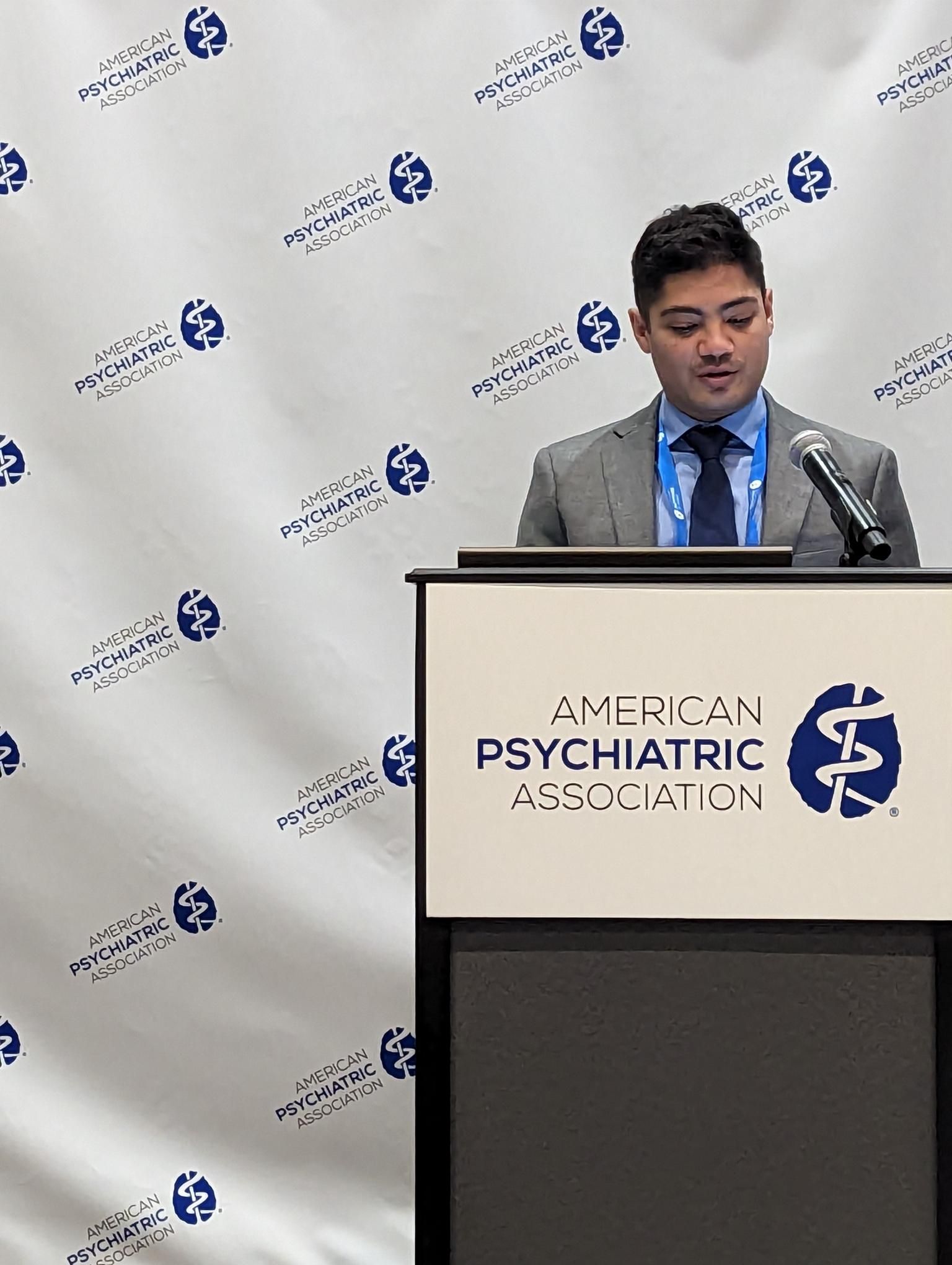Article
Poster Examines Accuracy of DID Information on TikTok, YouTube
Author(s):
Poster presented at the 2023 American Psychiatric Association Annual Meeting highlights the good and bad of social media information.
Isreal Bladimir Munoz

CONFERENCE REPORTER
Recognizing the proliferation of mental health videos on TikTok and YouTube, researchers from the University of Texas Medical Branch at Galveston sought to examine the accuracy of the information presented. Overall, they found the quality of information was dependent on the source and varied as a result, according to a poster presented at the 2023 American Psychiatric Association Annual Meeting.1
The team chose to research dissociative disorder (DID), since DID is popular in media, movies, and social media platforms. They conducted searches for the terms dissociative identity disorder, multiple personality disorder, and split personality disorder, and found the top 60 videos for each term and on each platform based on most liked and most viewed. Exclusion criteria for videos included those that were shorter than 1 minute, longer than 20 minutes, not in English, duplicated videos, and irrelevant. Ultimately, 60 videos per platform were chosen.
Videos were evaluated using a modified DISCERN (mDISCERN) and Global Quality Scale (GQS). Based on those scores, the videos were classified as useful, misleading, or neither. The researchers found a significant difference between mDISCERN and GQS score and the video source, type of content, and classification (α < .05).
Overall, more YouTube videos were deemed useful than TikTok videos (51.7% versus 5.2%, respectively), and TikTok videos were more likely to be misleading than YouTube (10.4% versus 6.7%, respectively). Videos that were deemed educational scored highest on both platforms while those categorized as art and comedy scored the lowest. The source of the videos also had an impact on the quality, with those from health professionals and educational organizations proving to have the best content on YouTube and organizations have the best on TikTok. Videos from independent users scored lowest on both platforms.
With 4.2 billion active users in the world, social media represents a unique opportunity to educate and facilitate instant communication, worldwide connections, and a sense of belonging for patients with mental health disorders, poster presenter Isreal Bladimir Munoz told attendees. Instead of vilifying TikTok, he suggested it is important to address misinformation, promote treatment-seeking behaviors, and empower the public to be informed users.
Are you attending the annual meeting? Share your favorite moments, clinical pearls, and thoughts with ua via PTEditor@mmhgroup.com.
References
1. Munoz IB, Liu-Zarzuela J, Oorjitham N, Jacob D. YouTube and Tiktok as a Source of Medical Information on Dissociative Identity Disorder. Poster presented at: 2023 American Psychiatric Association Annual Meeting; May 20-24, 2023; San Francisco, California.




